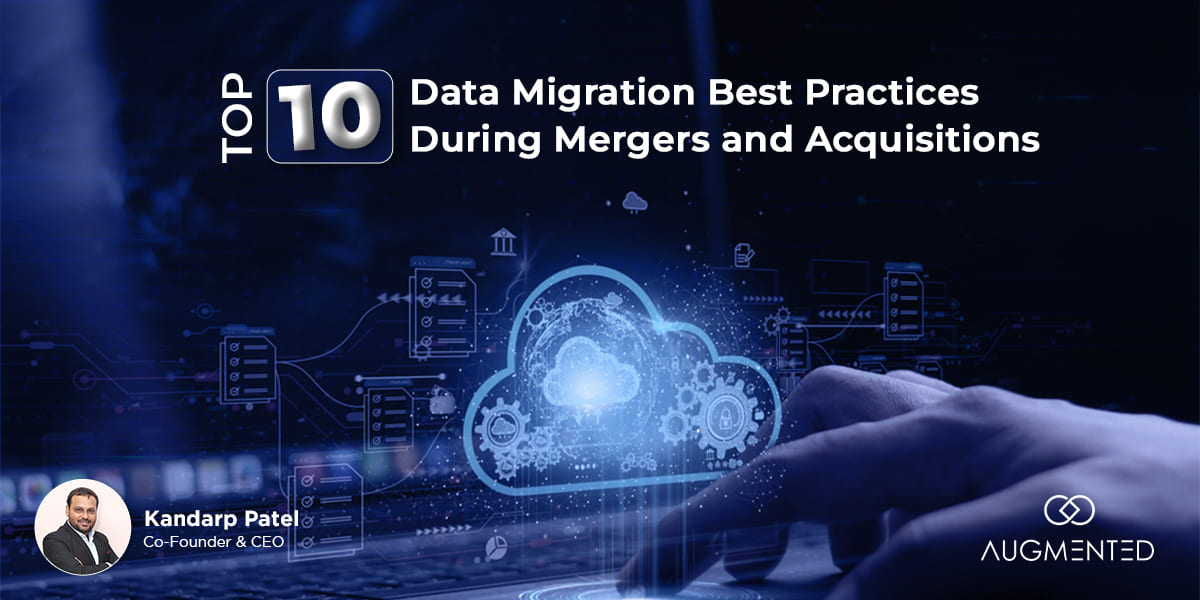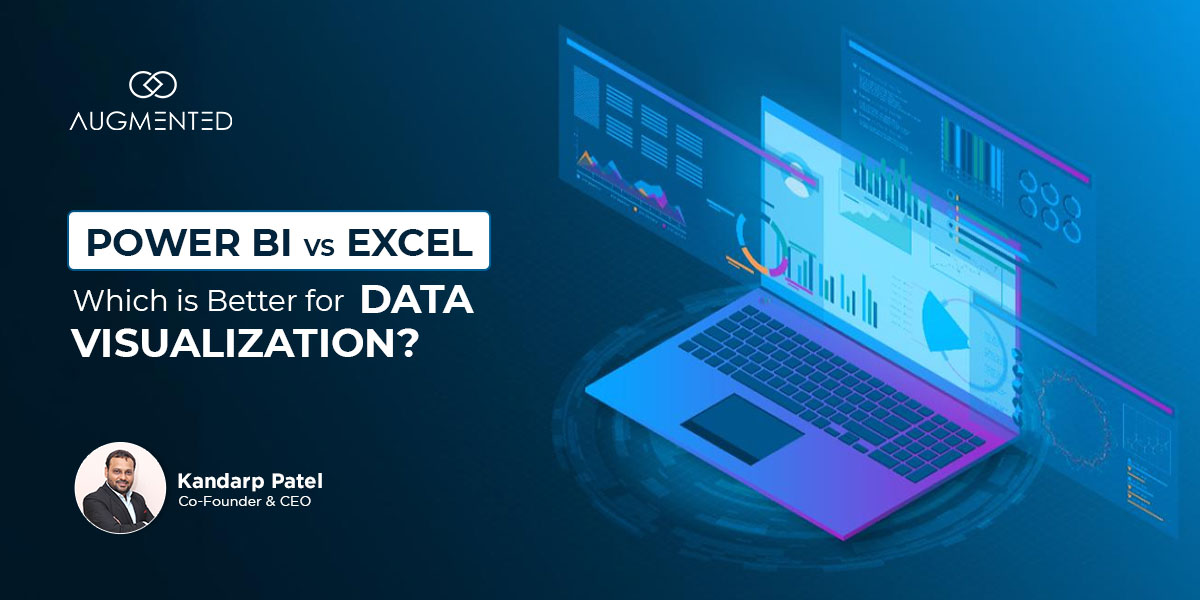Are you about to close on a merger worth millions of dollars?
Merging two companies is difficult. But merging their data? It is even harder.
A single data glitch can end your merger. Incompatible systems and watertight deadlines can also lead to data loss, downtime and delays.
The result? Jeopardizing your entire deal. Data migration during the merger and acquisition process has no margin for error.
For the same reasons, we have hand-picked the top 10 data migration best practices to help you migrate without risks.
Ready to know more? Let’s get into it.
What is Data Migration in Mergers and Acquisitions?
Data migration in mergers and acquisitions is the process of transferring data from two or more platforms or formats to a single platform. It involves the transfer of information, including
- Customer data
- Product information
- Details of employees
- Financial data, and more.
All this critical information is merged from different databases, formats and systems—some outdated, and others incompatible. Mergers and acquisitions can indicate a sea change for many companies. However, data migration can be a roadblock.
Do you know? 70% to 90% of mergers and acquisitions fail because of technology integration problems.
Then, What is the Necessity for Data Migration in M&A?
When two or more companies decide to merge their assets via financial transactions, they need to merge their large volumes of data into one unified system via data migration services.
The ultimate goal of mergers and acquisitions (M&A) is to increase the efficiency, effectiveness and profitability of the combined companies. Let’s look at this further.
Why are Data Migration Services Important for M&A?
Data integrity migration faces several challenges. These problems arise due to the complicated nature of integrating mismatched information, massive data and outdated systems. (Apart from many other problems.)
Moreover, most of the time, these mergers and acquisition processes involve large-scale migrations, mostly from cloud-to-cloud or server-to-cloud migration.
However, the mergers and acquisitions data migration should be swift to minimize structural and management changes. Additionally, it should be easy and simple to reduce stress for everyone.
If not implemented properly, you might face significant challenges during your merger, which can impact your migration success.
Challenges such as:
- Inconsistent data - It can lead to data loss, errors and inaccurate reports.
- Downtime - It can impact your overall performance and productivity.
- Data Loss - It can result in serious financial loss.
- Compliance risks - It can result in fines and legal consequences.
Therefore, it becomes crucial to follow the best practices for data migration to make your merger and acquisition process easygoing and effective. One missed detail in your migration process can cost you millions of dollars.
10 Data Migration Best Practices for Effective Mergers and Acquisitions Strategies
The biggest risk in mergers and acquisitions could be the actual deal, but what is more risky? The Safety of Your DATA.
You need the best data migration strategy to avoid costly errors and technical and compliance issues and save yourself from the M&A nightmare.
If you don’t have one, here are 10 proven practices we have hand-picked to help your mergers and acquisitions data migration be secure, smooth and effective.
1. Data Migration Planning
Imagine moving in with the neighbors down the road, without informing them or making sure that they have the space for you.
Trying for a data migration with improper planning is the same. Moreover, even if the neighbors invited you (similar to an acquisition), would you be able to bring everything with you? No. Rather, you will have to fit in with their lifestyle.
Would should you do? Theoretically, your planning should start even before you finalize your agreement. Why? Because once the merger and acquisition is complete, you won’t be able to make amends.
You must have a plan from defining roles and responsibilities to having contingency plans to handle unexpected challenges.
Moreover, downtimes, delays and security breaches are not predictable. Therefore, thorough planning is essential to streamline operations or ensure access to tools and data.
2. Data Assessment
Now that you have a plan, you need to sort out your data. Each team or company has its own set of data that you need to migrate. This migrated data will eventually merge into a single system that is currently spread across different cloud storage platforms.
Moreover, the data that each company or team wants to migrate might have
- Relevant data
- Irrelevant data
- Duplicate data
- Outdated entries
- Data or information with errors
With gazillions of this data, how do you identify the data that needs moving to the new system? A comprehensive assessment of your data before initiating the migration will help determine whether you need to transfer all your data.
In some cases, the migration will be more efficient if you leave some workloads or datasets behind. For instance, if the data is irrelevant to the new company, you could archive it using cloud storage services. This makes your data accessible but doesn’t take up much space.
3. Choosing the Right Migration Tool
After creating a migration plan and thoroughly assessing your combined data, the next step is to determine how you are going to migrate your data.
- What tool will you be using?
- Which tool will suit your needs?
Furthermore, given the role of data in digital transformation, the tool you decide to choose should be
- Safe,
- Secure,
- Easy to use,
- Offer faster transfer speeds
Apart from having the ability to support your migration requirements.
Selecting the right tool can impact how well your merger and acquisition unfolds. Numerous data migration tools are on the market, each with unique features and capabilities, such as data mapping, error detection, real-time monitoring, and more.
4. Data Security and Compliance
Did you know that 6.41 million data breaches were reported globally, impacting millions in the first quarter of 2023 alone?
It is crucial to consider the need for security during mergers and acquisitions, especially when you are handling all the personal and specific information of two or more companies.
Therefore, implementing robust security measures, during the data migration process, will help prevent
- Data breaches
- Unauthorized access
- Data loss, and more.
In addition, if you want to avoid any legal or financial headaches in the near future, you need to ensure that you comply with data protection regulations and checks.
5. Data Compatability and Integrity
What is more tricky than finalizing a deal? Getting all your data from different systems and formats to work together nicely. In more technical terms, all the data must be compatible during your merger and acquisition strategies and planning.
How do you do that?
- Plan ahead
- Find out how you will map or integrate your data before migration
- Run compatibility checks
- Spot early issues, like mismatched formats and make changes
- Transform your data into a standard format and streamline your merger.
You can also use data integration tools and middleware to automate the entire process.
6. Establishing Governance Policies
Let's say you are trying to merge a vast amount of data from two different companies. What is there are no clear rules and set guidelines during this merger? It will be a big chaos.
How? You might face high risks of
- Data errors,
- Inconsistencies, and even
- Security breaches
When mishandled, different permissions, formats and critical information could mix everything up, causing significant loss. That is why you need strong data governance.
Set clear rules between both companies
Set policies on how you will handle, share or protect your data
Decide on how you will organize and secure the data
Lay down a solid foundation to avoid data issues and make the process feel like a breeze.
7. Testing the Migration
What if, after the entire migration, instead of feeling the excitement of the new merger, you find out that some of the information goes missing? Or all the critical data is jumbled.
Panicking right? Skipping or skimming your data migration testing results in this panic. A cascade of errors could affect your operations or damage your entire new system.
Therefore, run multiple rounds of testing for potential errors or problems. A testing phase usually includes:
- Pre-migration testing
- Testing during data migration
- Post-migration testing
From data discrepancies and security gaps to performance issues, thorough testing is a must to avoid any unnecessary bigger problems.
8. Ensuring Backup and Recovery
System failure or human errors are prone to happen. What if your system suddenly fails due to unforeseen circumstances? Agreed, you have a solid data migration strategy, but "what ifs" are always a part of the migration process.
Are you ready for significant operational downtime or surprising financial losses?
With a strong databack or recovery plan, you are prepared for any surprise that might come your way. Furthermore, regular testing of your backup and recovery is equally crucial for times when you need it the most.
9. Analyzing and Updating Workflows
Think of a merger or an acquisition as mixing two different cultures together. What would happen if they don't align? Chaos.
Similarly, if workflows or files aren't aligned after the merger and acquisition, employees would struggle to find what they need.
Leading to chaos, frustration and wasted time. What more?
- Sensitive information might fall into the wrong hands without clear access control
- Inconsistencies can lead to confusion and errors
- Crucial historical content may get lost
- Processes and workflows might be impacted
Therefore, analyze, evaluate and update the workflows, especially in the early stages of your merger and acquisition.
10. Communicating With the Stakeholders
Finally, once you are moved to your new platform, communicate and collaborate.
This is crucial because everyone is new to this system and they might take some time to get used to the change.
Furthermore, the migration process during merger and acquisition involves various stakeholders
- Data analysts
- IT Teams
- Compliance officers
- Business leaders
- Other employees
everyone should be in the loop about all the necessary changes and updates from all parties.
To do so, you can keep regular meetings and leverage data migration services to address complex challenges.
Conclusion
Are you considering data migration services during your merger or acquisition? Your organization may need some time to familiarize itself with the entire process. However, proper planning and implementation can help the process go smoothly.
If you are looking for a data migration company, contact our experts at Augmented Systems. We customize data migration solutions for all your unique needs.
FAQs:
1. What are data migration best practices?
Here are the top 5 best practices to ensure your migration project goes smoothly.
- Create and follow a migration plan
- Understand and assess your data
- Choose the right migration tool
- Test and validate your migrated data
- Ensure backup and recovery
2. What is data migration in mergers and acquisitions?
Data migration in M&A is the process of migrating data for one or more companies involved in a merger or acquisition to a consolidated system.
3. What are the four types of data migrations?
The four main types of data migration include:
- Storage Migration
- Database Migration
- Application Migration
- Cloud Migration
4. What is the data room in M&A?
A data room serves as a central repository of information utilized during the due diligence process in mergers and acquisitions (M&A). It is a secure online platform where buyers and their advisors can access important documents related to the target company.
5. What is the first step in data migration?
Planning.
The first stage of any data migration is the planning stage. Many projects are derailed by inadequate planning before deployment begins. To avoid any challenges or migration failure, talk to our experts at Augmented Systems as you plan your migration.





